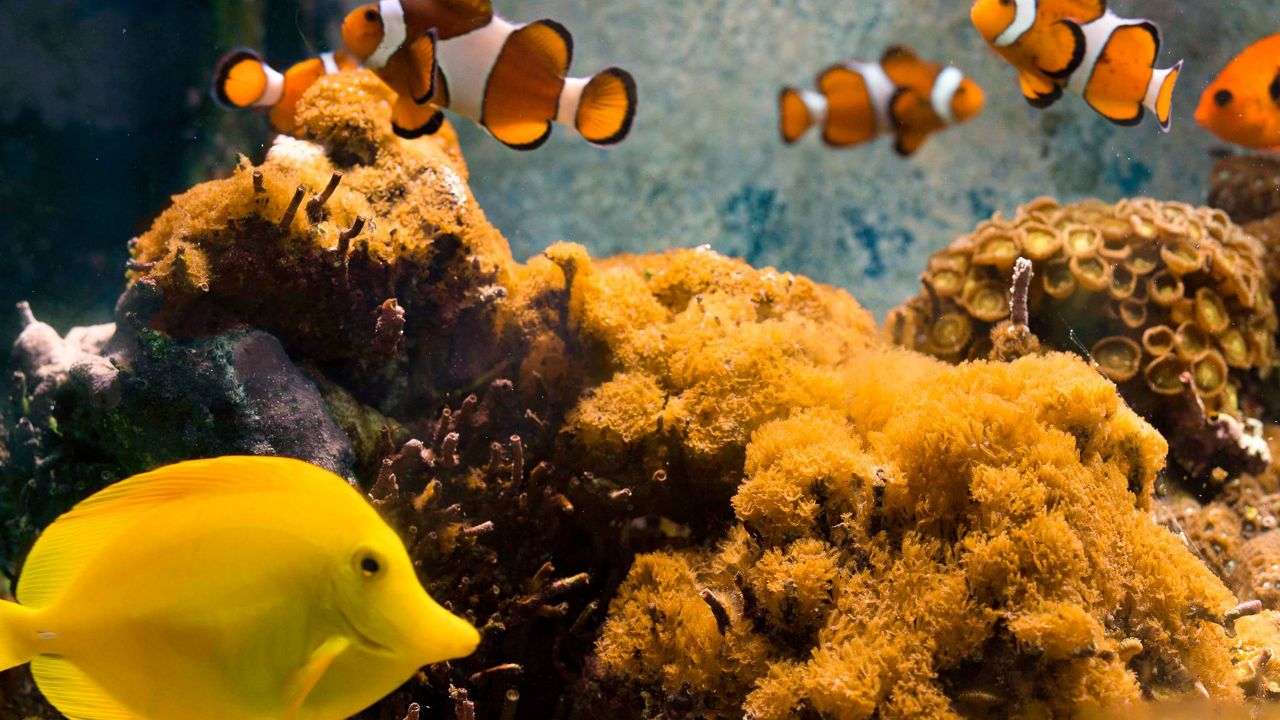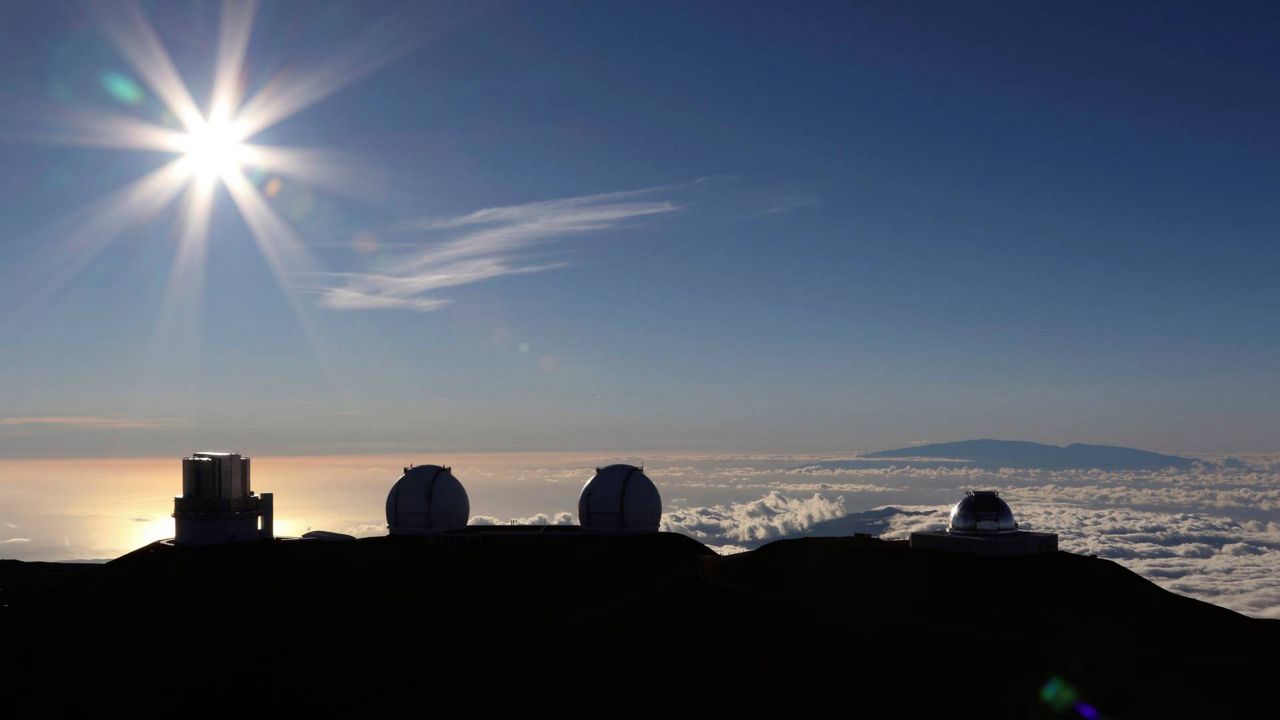The University of Hawaii received $2 million in state funds to design a space engineering and instrument development center at the UH Institute for Astronomy’s facilities on the UH Hilo Campus.
UH estimates it will cost up to $40 million to construct the facility, according to a news release.
At the center, UH students will produce instruments for telescopes and space missions. UH believes the center will expand Hawaii’s technology sector and create more high-paying jobs across the state.
“An overarching goal of this program is to increase those numbers of local hires, particularly those born and raised in Hawaii. And to do that, obviously, requires an education program that is really well attuned to the technologies that we use in astronomy,” said the UH Institute for Astronomy Director Doug Simons.
Ground observatories, including those on Maunakea and Haleakala, spend tens of millions of dollars to upgrade equipment and build instrumentation, which is usually engineered outside of Hawaii. However, the new center will allow more of it to be made in Hawaii.
Personnel will also use the precision machines at the center to support the Pearl Harbor Naval Shipyard and other Department of Defense operations, aerospace companies and private sector partners.

The center is a collaboration between UH Institute for Astronomy, UH Hilo and the UH Manoa College of Engineering.
“This is a natural fit as Hawaii is home to the best astronomy sites in the world and one of the world’s best research universities,” said UH Manoa COE Dean Brennon Morioka. “UH is now among just a handful of universities developing an on-campus, astronomical manufacturing center and it will have a far-reaching impact on our students, our state and beyond.”
While construction of the center will probably not be completed until 2030, UH Hilo will begin offering pre-engineering courses in the fall 2024 semester.
“Our local community has been interested in an engineering program for a number of years and this will allow us to provide a lot of that engineering education locally,” said Bonnie Irwin, UH Hilo Chancellor. “Local students, local engineering firms and businesses will really benefit.”
Ten full-time faculty members are currently being recruited to teach the prerequisite engineering courses at UH Hilo and to be part of the core engineering team at the center. Half of the new faculty members will be at the Institute for Astronomy’s Hilo facility, while the other half will be at the COE at UH Manoa. UH Hilo students can transfer their credits to UH Manoa in order to complete their engineering degree.
“UH Hilo students are predominantly from Hawaii Island and now they will have an academic pathway into engineering and ultimately careers that support Hawaii observatories,” said UH Institute for Astronomy Director Doug Simons. “Right now, these well-paying jobs too often go to non-residents, who are more likely to leave after a few years. We want these jobs to go to local kids. That will not only be good for them and their families, it will increase stability in the astronomy sector and broadly benefit our community.”
The Maunakea and Haleakala observatories employ about 500 engineers and technicians who specialize in options, software, data science, materials, mechanics, systems and cryogenics. According to a UH economic Research Organization report, Hawaii’s astronomy industry in 2019 employed 1,313 residents and had a total economic impact of $221 million.
Michelle Broder Van Dyke covers the Hawaiian Islands for Spectrum News Hawaii. Email her at michelle.brodervandyke@charter.com.







